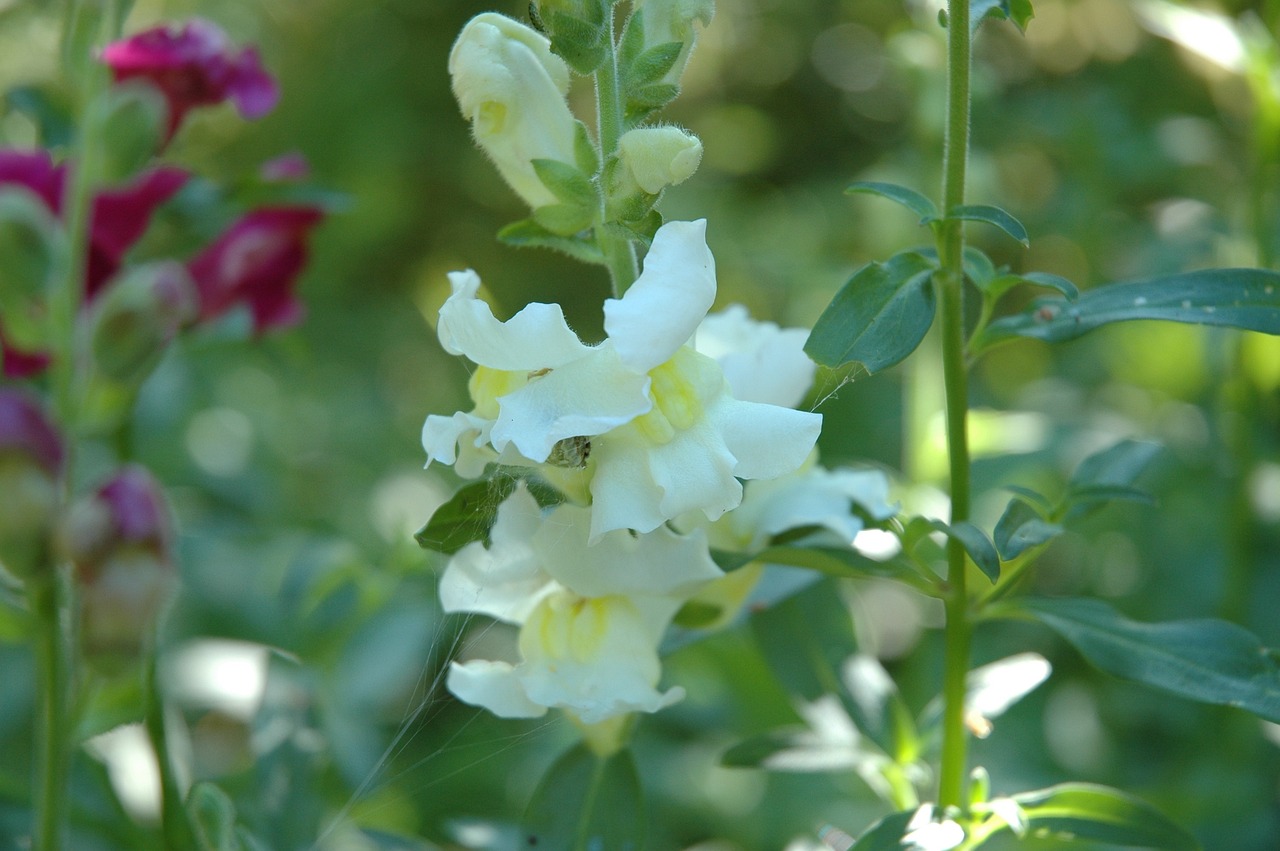
Antirrhinum and Planting: A Comprehensive Guide
Introduction
Antirrhinums, popularly known as snapdragons, are cherished for their unique snap-like flowers and a spectrum of vibrant colors. Whether you’re a seasoned horticulturist or just beginning your gardening journey, the process of planting and nurturing antirrhinums can be an incredibly rewarding endeavor. This comprehensive guide aims to walk you through each vital step of the antirrhinum planting process, from the careful selection of appropriate varieties to ensuring robust growth and the flourishing of their charming blooms.
Selecting the Right Antirrhinum Varieties
Starting off on the right foot involves selecting the ideal antirrhinum varieties for your garden. The market offers an array of choices, ranging from compact bedding snapdragons to towering spikes of floral grandeur. Depending on your garden’s style, height preferences, and color palette, you can curate a collection that harmoniously blends and enhances your outdoor space.
Choosing the Perfect Planting Location
Antirrhinums are sun enthusiasts. Providing them with ample sunlight is crucial for their optimal growth and blooming potential. Choose a planting location that enjoys a generous dose of sunlight – at least 6 to 8 hours per day. Additionally, ensure that the chosen spot boasts well-draining soil, preventing water accumulation that can harm the roots.
Preparing the Soil for Antirrhinum
To ensure your antirrhinums thrive, it’s paramount to prepare the soil adequately. This involves incorporating organic matter like compost or well-rotted manure into the soil. These amendments improve soil structure, drainage, and nutrient content, laying the groundwork for a healthy antirrhinum bed. A pH level of 6.5 to 7.5 provides an optimal environment for robust growth.
Planting Antirrhinum Seeds
The journey begins with the planting of antirrhinum seeds indoors, about 8 to 10 weeks before the last anticipated frost. Employ seed trays filled with a well-balanced seed-starting mix. Lightly cover the seeds with soil and place the trays in a warm, well-lit area. As the seedlings emerge, provide them with consistent care and attention.
Caring for Young Antirrhinum Seedlings
As the seedlings take their first steps into the world, nurture them with care. This entails providing sufficient light, maintaining a temperature of around 65°F (18°C), and ensuring the soil remains evenly moist. A delicate balance of these factors encourages healthy and robust growth during this crucial phase.
Transplanting Antirrhinum Seedlings
Once the threat of frost has waned, it’s time to transplant your young antirrhinum seedlings into the garden. Proper spacing is key – usually around 6 to 12 inches apart, depending on the variety’s projected height. This affords each plant ample space to develop its root system and flourish.
Watering Strategies for Healthy Growth
Consistent watering is paramount to the success of your antirrhinums. Aim for a regular watering routine, allowing the soil to dry slightly between waterings. When watering, focus on the soil around the base of the plants rather than wetting the foliage, as moist leaves can encourage the growth of diseases.
Fertilizing Your Antirrhinum Plants
Feeding your antirrhinums with a balanced, water-soluble fertilizer every 4 to 6 weeks is vital for maintaining their vigor. However, it’s crucial to strike a balance. Excessive nitrogen can lead to an abundance of foliage at the expense of flowers.
Managing Pests and Diseases
Keep a vigilant eye out for common pests like aphids and spider mites. In case of infestations, employ remedies such as neem oil or insecticidal soap to curtail the damage. To prevent fungal diseases, ensure your plants have adequate space for air circulation.
Deadheading and Pruning Techniques
Continued blooming is achieved through regular deadheading of faded flowers. Pruning leggy growth contributes to maintaining a neat and compact appearance, enhancing the overall aesthetic of your garden.
Extending the Blooming Season
For those residing in regions with mild climates, there’s an opportunity to enjoy antirrhinum blooms well into the fall. By pinching back the plants in early summer, you promote branching and the development of additional flowers, prolonging the blooming season.
Collecting and Storing Antirrhinum Seeds
As the growing season progresses, some blooms will mature and produce seed pods. To secure the continuation of your antirrhinum garden, harvest these pods when they’ve turned brown and dry. Store the seeds in a cool, dry place to ensure their viability for future planting.
Creative Landscaping with Antirrhinum
Antirrhinums offer versatility that extends beyond their radiant blooms. These plants can be creatively incorporated into various landscaping designs, whether as bold border accents, charming container plants, or delightful edging elements along garden pathways.
Conclusion: Enjoy the Beauty of Antirrhinum
In conclusion, embarking on the journey of antirrhinum planting promises not only a stunning display of colors but also an enriching experience in cultivating nature’s beauty. From the meticulous selection of varieties to nurturing young seedlings, guiding growth, and tending to mature plants, your efforts will be rewarded with the captivating elegance of antirrhinums adorning your garden.
FAQs
- Can antirrhinums be planted directly outdoors?
Certainly, although starting indoors provides a head start for healthier growth. - Do antirrhinums support pollinator populations?
Absolutely! Bees and butterflies are notably attracted to antirrhinum blooms, enhancing your garden’s biodiversity. - Can hybrid antirrhinum varieties yield viable seeds?
Indeed, though it’s important to note that the offspring’s traits may differ from the parent plants. - How frequently should I apply fertilizer to my antirrhinums?
A balanced fertilizer every 4 to 6 weeks during the growing season ensures optimal nutrition. - Are there specific diseases that antirrhinums are susceptible to?
Common issues include powdery mildew and rust. Adequate spacing and proper air circulation help mitigate these concerns.